Overview of FLAM Advanced Plywood Production Center. (Photo: Nguyen Tuyen/Vietnam+)
One of the most visible symbols of that revival is the local forestry industry, which had been badly damaged.
At the heart of this recovery journey is Woodcore Corporation and its advanced plywood factory FLAM in Namie Town, Fukushima Prefecture.
Resurrection from the Ruins
After the disaster, most of Namie’s residents were evacuated and local businesses were almost wiped out. However, with the determination that “the local timber industry cannot disappear,” Hidehiro Asada, Board Director of Woodcore, returned to Namie and began to restore Asada Timber, which had been in business since 1912.
Inside the FLAM Advanced Plywood Production Center. (Photo: Nguyen Tuyen/Vietnam+)
The biggest obstacle is the stigma of radiation. To ensure safety, Woodcore applies rigorous testing with cesium measuring equipment - from raw wood to finished product - to ensure that every product leaving the factory is free of any trace of radiation.
“We apply radiation limits that are many times stricter than international standards,” Mr. Asada stressed.
FLAM - Japan's leading advanced plywood production center
Established in 2018, Woodcore is the result of a collaboration between Asada Timber (Namie) and Tōju Sangyō (Kōriyama). With advanced technology, FLAM has become the largest plywood production center in Japan, capable of producing beams 12m long, 1.25m wide, and 24cm thick.
FLAM is also the first facility in Japan to use a high-capacity high-frequency press, shortening production time from 8 hours to 10 minutes, allowing mass production and achieving high economic efficiency.
Woodcore uses only Japanese wood, with priority given to wood from Fukushima. The products are used in large projects such as school gymnasiums, shopping malls, and especially the world's largest wooden building at Expo Osaka Kansai 2025.
The Grand Ring at EXPO Osaka Kansai 2025 has a circumference of 2km and uses 27,000m3 of wood - of which 4,500m3 is glued laminated timber (glulam) supplied by Woodcore.
Large wood press at FLAM. (Photo: Nguyen Tuyen/Vietnam+)
It is the largest wooden structure ever built in Japan and a living testament to the revival of Fukushima's forestry industry.
“We are not focusing on the highly competitive housing market, but on producing dense, high-value-added engineered wood,” said Mr. Asada.
Currently, FLAM employs around 50 people, and Namie wood products are available nationwide. More than just a symbol of reconstruction, FLAM also plays a role in creating jobs, reviving the local forestry industry, and bringing new life to a once-forgotten town.
“The old Namie is gone, but the new Namie is emerging with a new dimension – a town that can inspire reconstruction projects everywhere,” Mr. Asada affirmed.
Woodcore and FLAM are not just producing timber – they are rebuilding trust, restoring livelihoods and creating a model of sustainable development after disaster.
While the Grand Ring shines at EXPO 2025 as a symbol of the future, each FLAM plywood panel is the first brick in Fukushima's humane journey of revival./.
According to VNA
Source: https://baothanhhoa.vn/tu-thi-tran-bi-lang-quen-den-cong-trinh-go-lon-nhat-the-gioi-tai-nhat-ban-251152.htm



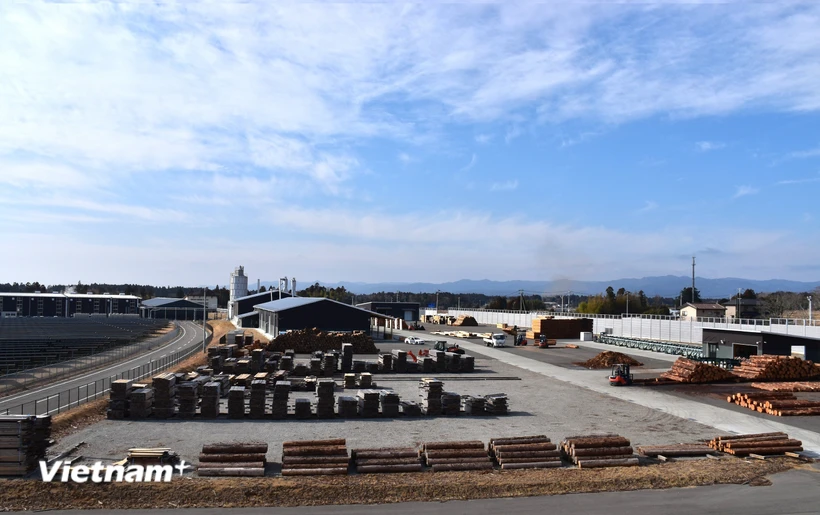
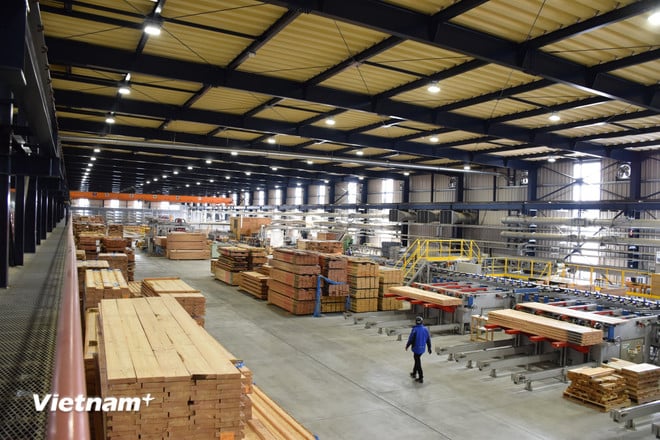
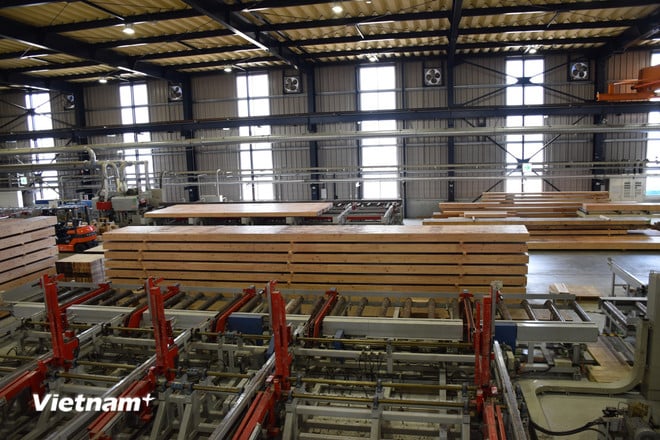


![[Photo] General Secretary To Lam receives Assistant to the President of Russia, Chairman of the Federal Maritime Council of Russia Nicolai Patrushev](https://vphoto.vietnam.vn/thumb/1200x675/vietnam/resource/IMAGE/2025/9/16/813bd944b92d4b14b04b6f9e2ef4109b)
![[Photo] General Secretary To Lam attends the National Conference to disseminate and implement 4 Resolutions of the Politburo](https://vphoto.vietnam.vn/thumb/1200x675/vietnam/resource/IMAGE/2025/9/16/70c6a8ceb60a4f72a0cacf436c1a6b54)
![[Photo] National conference to disseminate and implement 4 Resolutions of the Politburo](https://vphoto.vietnam.vn/thumb/1200x675/vietnam/resource/IMAGE/2025/9/16/5996b8d8466e41558c7abaa7a749f0e6)
![[Photo] Prime Minister Pham Minh Chinh receives Minister of Foreign Affairs and Cooperation of Timor-Leste](https://vphoto.vietnam.vn/thumb/1200x675/vietnam/resource/IMAGE/2025/9/16/b0e99fd9a05846e4b6948c785d51d51f)

























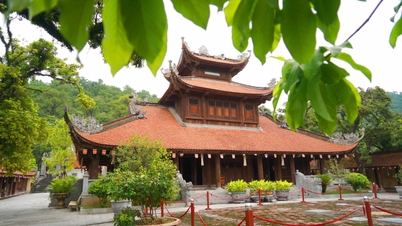



















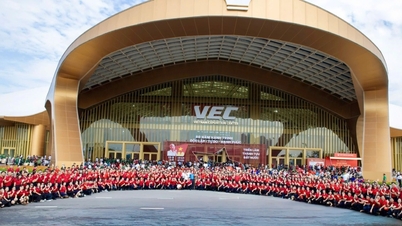




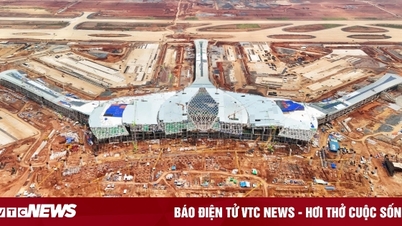
















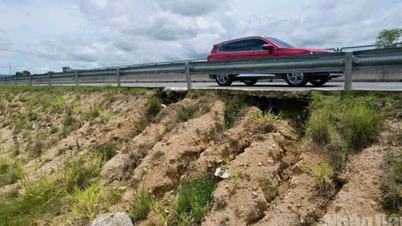






















Comment (0)